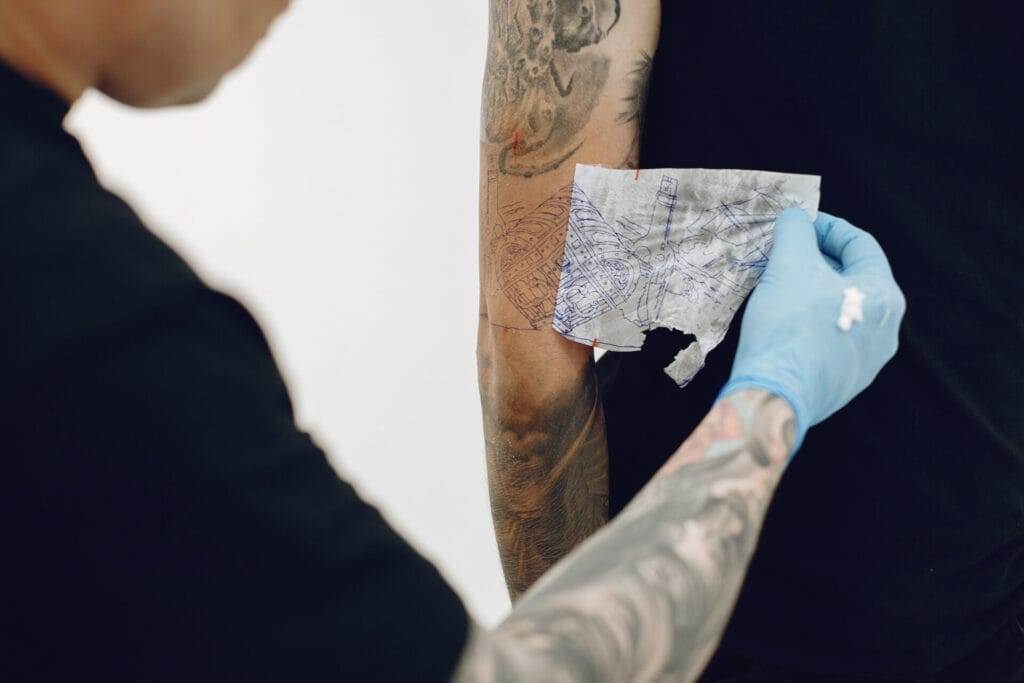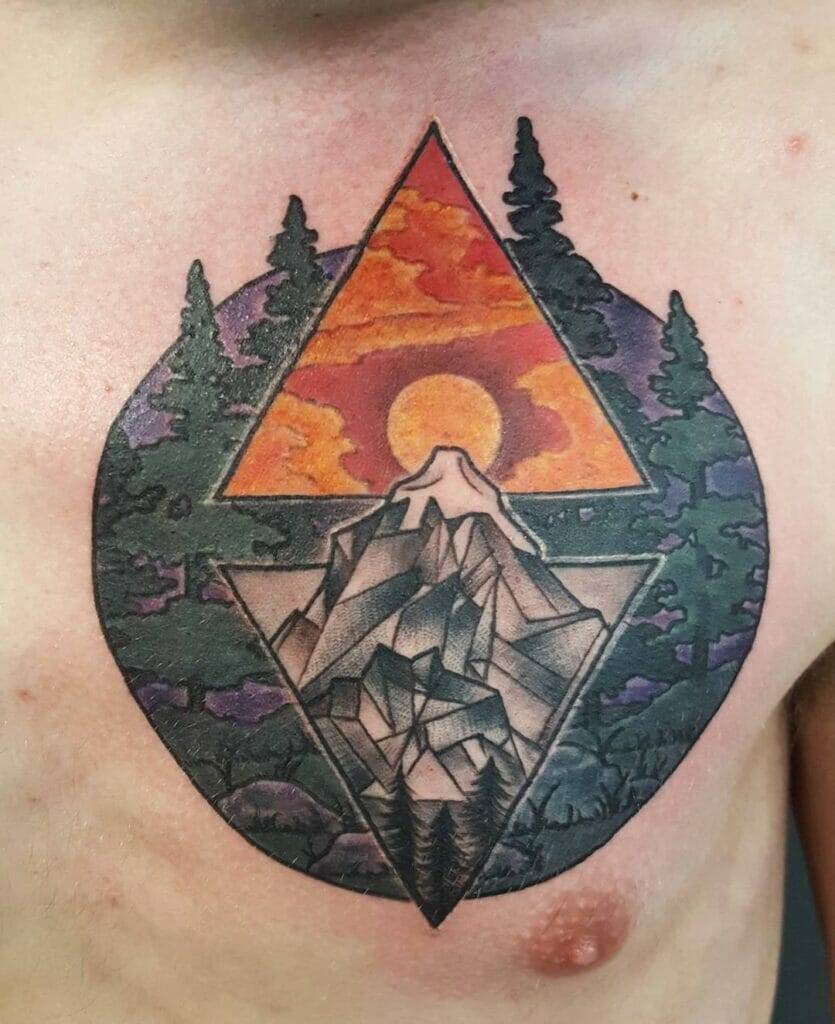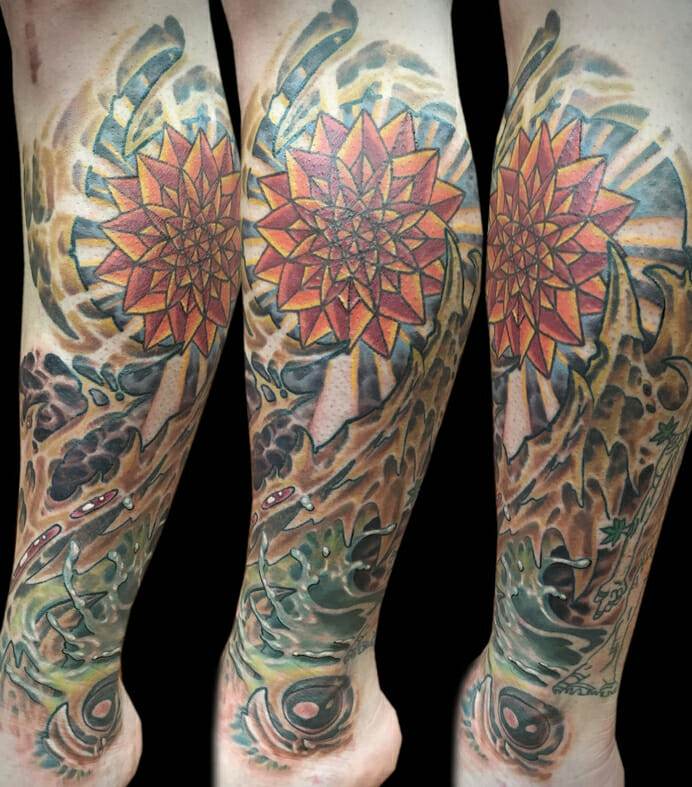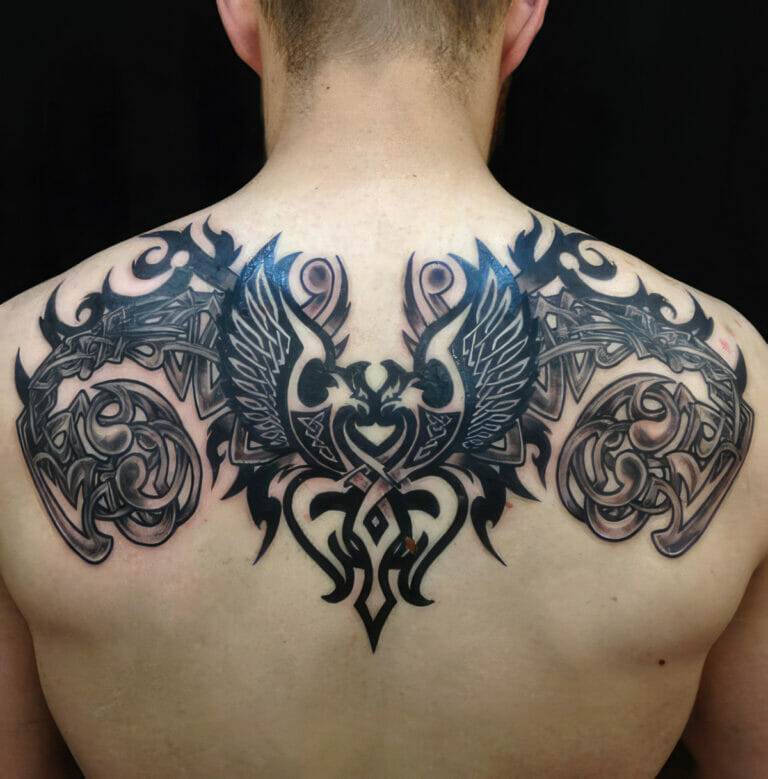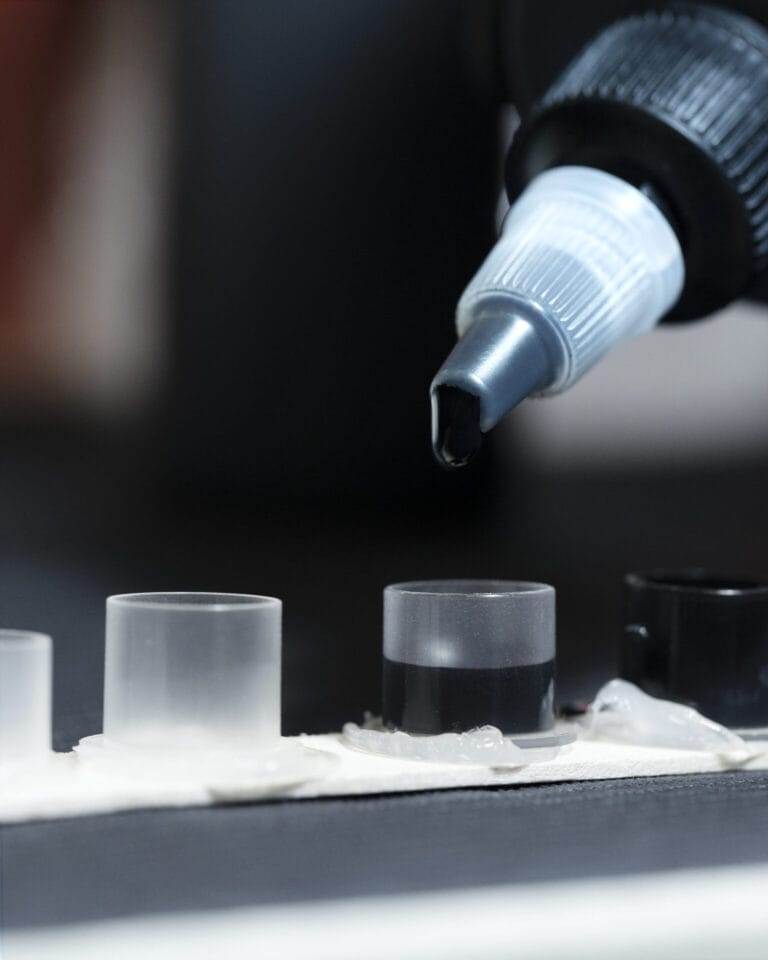
In recent years, there has been a significant increase in the popularity of custom tattoos. More and more people are opting for unique, one-of-a-kind designs that reflect their individuality and personal style. Gone are the days when people would simply choose a design from a book or flash sheet at a tattoo parlor. Today, individuals are seeking out talented tattoo artists who can bring their own ideas to life.
So why are people choosing custom tattoos over pre-designed ones? The answer lies in the desire for self-expression and the need to have something that is truly unique. Custom tattoos allow individuals to showcase their personality, interests, and experiences through art that is permanently etched onto their skin. It is a way for them to tell their own story and create a visual representation of who they are.
The Importance of Conceptualizing a Custom Tattoo Design
Before getting a custom tattoo, it is crucial to have a clear idea of what you want. This is because tattoos are permanent and can be costly to remove or modify if you change your mind later on. By taking the time to conceptualize your design, you can ensure that you will be happy with it for years to come.
One tip for conceptualizing your design is to gather inspiration from various sources. Look at different styles of tattoos, artwork, and even photographs that resonate with you. Think about the elements that you want to incorporate into your design, such as symbols, colors, or specific imagery. It can also be helpful to create a mood board or collage of images that capture the overall aesthetic you are going for.
Another important aspect of conceptualizing your custom tattoo design is considering the placement on your body. Different areas of the body have different shapes and contours, which can affect how the design will look. Take into account factors such as visibility, size, and how the design will flow with the natural lines of your body. By considering these factors, you can ensure that your design will look its best in the chosen location.
The Creative Process: Collaborating with Your Tattoo Artist
Once you have found the right tattoo artist for your custom design, it is time to collaborate with them to bring your vision to life. Communication is key during this process, as it allows both you and the artist to understand each other’s expectations and preferences.
Start by discussing your ideas and inspirations with your tattoo artist. Share any sketches or images that you have collected during the conceptualization phase. Be open to their suggestions and feedback, as they are experts in their craft and may have insights that can enhance your design.
During the creative process, your tattoo artist may create several sketches or mock-ups of your design. This is an opportunity for you to provide feedback and make any necessary changes. It is important to be honest and clear about your preferences, as this will ensure that the final design meets your expectations.
The Role of Sketching in Creating Custom Tattoo Designs
Sketching plays a crucial role in the creation of custom tattoo designs. It allows both the client and the tattoo artist to visualize the design and make any necessary adjustments before it is permanently inked onto the skin.
When working with your tattoo artist to create sketches of your design, it is important to provide clear and detailed feedback. Be specific about what you like and don’t like about each sketch, and offer suggestions for improvements. Remember that this is a collaborative process, and your input is valuable in creating a design that you will be happy with.
Your tattoo artist may also use sketching as a way to explore different design options or variations. They may create multiple sketches with different elements, placements, or sizes to help you make a decision. This can be a helpful exercise in narrowing down your choices and finding the perfect design for you.
Choosing the Right Placement for Your Custom Tattoo
The placement of your custom tattoo is an important decision that can greatly affect the overall look and impact of the design. There are several factors to consider when choosing the placement, including visibility, size, and how it will interact with other tattoos or body modifications.
One factor to consider is visibility. Do you want your tattoo to be easily visible or more discreet? This will determine whether you choose a location that is easily seen, such as the forearm or calf, or a more hidden area like the ribcage or upper thigh.
Size is another important consideration. Some designs may work better on larger areas of the body, while others may be more suited for smaller spaces. Take into account the level of detail in your design and how it will translate onto different sizes.
It is also important to consider how the placement of your custom tattoo will interact with any existing tattoos or body modifications. Think about how the designs will flow together and whether they will complement or clash with each other. Your tattoo artist can provide guidance and suggestions based on their expertise.
The Importance of Color and Shading in Custom Tattoos

Color and shading play a crucial role in enhancing the design of your custom tattoo. They can add depth, dimension, and visual interest to the artwork, making it more visually appealing and dynamic.
When choosing colors for your custom tattoo, consider the overall aesthetic you are going for and how the colors will complement your skin tone. Certain colors may fade or change over time, so it is important to choose colors that will stand the test of time. Your tattoo artist can provide guidance on color choices based on their experience and knowledge of how different pigments age.
Shading is another important aspect to consider when designing your custom tattoo. It can add depth and realism to the design, making it appear more three-dimensional. Different shading techniques, such as stippling or hatching, can create different effects and textures. Discuss with your tattoo artist the desired level of shading and any specific techniques you would like to incorporate into your design.
Tattooing Techniques: The Art of Bringing Your Design to Life
The process of tattooing is an art form in itself. It requires skill, precision, and attention to detail to bring a design from paper to skin. There are several different tattooing techniques that artists use to create different effects and achieve the desired result.
One common technique is called linework, which involves using a single needle to create clean, crisp lines. This technique is often used for intricate designs or fine details. Another technique is called shading, which involves using multiple needles to create gradients or textures. This technique is often used to add depth and dimension to a design.
Coloring is another important tattooing technique. It involves using different pigments to fill in areas of the design with color. Tattoo artists use a combination of techniques, such as blending or layering, to create smooth and vibrant colors.
It is important to discuss with your tattoo artist the specific techniques they will be using for your custom tattoo. They can explain the process and answer any questions you may have. It is also a good idea to ask to see examples of their previous work to get an idea of their skill level and style.
The Healing Process: Taking Care of Your Custom Tattoo
After getting your custom tattoo, it is important to take proper care of it during the healing process. This will ensure that the tattoo heals properly and looks its best once it has fully healed.
One of the most important aspects of tattoo aftercare is keeping the tattoo clean and moisturized. Your tattoo artist will provide you with specific instructions on how to clean and care for your tattoo, but some general tips include washing the tattoo gently with mild soap and water, patting it dry with a clean towel, and applying a thin layer of fragrance-free moisturizer.
It is also important to avoid exposing your tattoo to direct sunlight or soaking it in water, such as swimming pools or hot tubs, during the healing process. These activities can cause the tattoo to fade or become infected. It is also important to avoid picking or scratching at the tattoo, as this can lead to scarring or color loss.
During the healing process, it is normal for the tattoo to scab and peel. This is a natural part of the healing process and should not be picked at or forcefully removed. It is important to let the scabs and peeling skin fall off naturally to avoid damaging the tattoo.
Maintaining Your Custom Tattoo: Tips for Long-Term Care
Once your custom tattoo has fully healed, it is important to continue caring for it to ensure that it looks vibrant and fresh for years to come. Here are some tips for long-term care:
1. Protect your tattoo from the sun: Exposure to the sun’s UV rays can cause tattoos to fade and lose their vibrancy. Apply sunscreen with a high SPF to your tattoo whenever it will be exposed to the sun.
2. Moisturize regularly: Keeping your tattoo moisturized will help maintain its appearance and prevent it from drying out or becoming dull. Use a fragrance-free moisturizer or tattoo-specific aftercare product.
3. Avoid excessive exfoliation: Scrubbing or exfoliating your tattoo too aggressively can cause the ink to fade or become patchy. Be gentle when washing or exfoliating the area around your tattoo.
4. Stay hydrated: Drinking plenty of water can help keep your skin healthy and hydrated, which in turn can help maintain the appearance of your tattoo.
5. Avoid excessive weight gain or loss: Significant changes in weight can cause tattoos to stretch or distort. Try to maintain a stable weight to preserve the integrity of your tattoo.
By following these tips, you can ensure that your custom tattoo remains vibrant and beautiful for years to come.
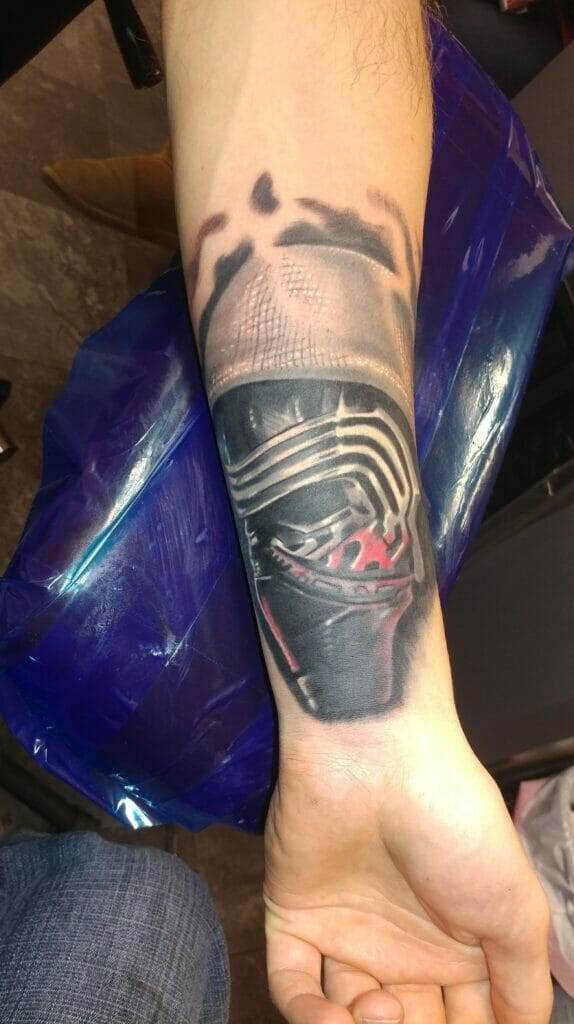
The Significance of Custom Tattoos as Personal Art Forms
In conclusion, custom tattoos have become increasingly popular as a form of personal expression and art. People are opting for unique, one-of-a-kind designs that reflect their individuality and tell their own story. The process of conceptualizing, designing, and getting a custom tattoo involves collaboration with a talented tattoo artist who specializes in custom designs.
The importance of having a clear idea of what you want before getting a custom tattoo cannot be overstated. Taking the time to gather inspiration, conceptualize your design, and choose the right placement will ensure that you are happy with your tattoo for years to come.
Finding the right tattoo artist is also crucial in creating a custom tattoo that meets your expectations. Researching and asking the right questions will help you find an artist who aligns with your desired style and has the skills to bring your vision to life.
The creative process of collaborating with your tattoo artist, sketching the design, and choosing colors and shading techniques is an exciting and important part of creating a custom tattoo. It allows you to be involved in the creation of a unique piece of art that is permanently etched onto your skin.
Taking care of your custom tattoo during the healing process and maintaining it in the long term will ensure that it remains vibrant and beautiful. By following proper aftercare instructions and taking steps to protect your tattoo from the sun and other damaging factors, you can enjoy your custom tattoo for years to come.
In conclusion, custom tattoos are a significant form of personal art that allows individuals to express themselves and create something truly unique. By investing in a custom tattoo design, you are investing in a piece of art that tells your own story and reflects your individuality. So if you’re considering getting a tattoo, why not opt for a custom design that is as unique as you are?

